The Aurora Borealis made me decide to organize a New Year’s trip to Tromsø (Northern part of Norway) Even though it is still Europe be prepared to make at least one stop over and around 6 hours on the plane. Highlights of this trip were Aurora Borealis and the whale watching.
Norway
General Info
Norway is divided into 19 counties called fylker (FEWL-ker). The king appoints a governor to each fylker.
Norway’s coastline is famous for its fjords carved out by glaciers – two of the country’s fjord’s Geirangerfjord & Nærøyfjord are on the UNESCO World Heritage list. Here you can find many mountains. Interesting is that some of the peaks are so steep that nobody has ever tried to climb them. Famous Svalbard island chain and three islands in the Antarctic are also part of Norway.
Norway has two official written variants of its language: Bokmål which is used by the vast majority of the country & Nynorsk which is more popular in rural areas, particularly in the western fjord region.
In the northern parts of Norway, you can find the Sámi people – a group of indigenous people living in the northern territories for over 10,000 years. They are known for their colorful clothes and herding of reindeer. These indigenous people come from the region of Sápmi, which stretches across the northern parts of Norway, Sweden, Finland & the Kola peninsula in Russia. Sámi people have their own language (there are 9 different Sámi languages), their own parliaments to represent them in Norway, Sweden and Finland, and their own newspapers and radio stations, that report on issues that concern the Sámi people.
History
The Viking Era began in the late 800s when the first Viking King Harald Fairhair unified the Vikings into a single nation. The Vikings were a seafaring people who expanded their territory and raided northern Europe. The Vikings settled much of Greenland and parts of Britain and Ireland. In the 11th century, Olav I became the first Christian king of Norway. He converted much of Norway to Christianity during his reign.
In 1397 Norway united with Denmark and Sweden under the Kalmar Union. Sweden broke from the union in 1521, but Denmark ruled Norway till 1814. After the Napoleonic wars, Norway was taken from Denmark and combined with Sweden under the Treaty of Kiel in 1814. In 1905, Norway became an independent country.
Norway remained neutral in World War I, but was occupied by the Germans in World War II until the end of the war. After the war, Norway became a founding member of the United Nations. Norway is not a member of the European Union
Winter in Northern Norway
Something I wanted to experience was the winter in Northern Norway which is famous for the almost 24hours dark light for us it is quite hard to figure out what a day without light is like. What should I say – the light from 11-13 can be compared to the light we have during winter at 5pm. This is the reason why Northern Norway and all the other countries that are so close to the North pole have such a high percentage of suicides. We have seen loads of flats with artificial light night and day and this is something that should avoid depression. We stayed there 3 days, and this is an experience I would recommend but I wouldn’t want to live there.
Tromsø
General Info
Tromsø was established around the 1250 and received its town charter in 1794. It is the largest urban area in Northern Norway and the third largest north of the Arctic Circle anywhere in the world. There are several fjords that are located in Tromsø including the Balsfjorden, Kaldfjorden, Malangen, and Ullsfjorden.
The midnight sun occurs from about 18 May to 26 July, meaning that one can see the midnight sun from about 21 May to 21 July. There is no real darkness between late April and mid-August. The sun is not visible from 21 November to 21 January. There is some daylight for a couple of hours even around midwinter, often with bluish light. By 21 February the sun is above the horizon from 7:45 am to 4:10 pm, and by 1 April it is above the horizon from 5:50 am to 7:50 pm (daylight saving time).
Tours from Tromsø
Chasing the Aurora Borealis
I’d booked the Northern Lights Tour on New Year’s Eve because I thought it would be something. special to spend the New Year’s Eve and the first hours of the year after chasing the Northern Lights and it really was. To see it we had to/our bus driver had to drive till Finland and after a 4-hour drive which seemed endless we finally reached a spot in which we camped for a while and with a fire and a soup we had an amazing night and we even managed to capture some good pictures on camera (for camera settings and more info about the Aurora Borealis please check my article “Iceland”)
Whale watching
In the morning we took off on a small boat reaching for whales. After having been given all the cloths and a short introduction we had an encounter with loads of whales (with encounter I mean having whales swimming a couple of meters from our boat). It was such a good experience seeing these big creatures swimming and diving along with us. Something that I will recommend.
Small hint on how to capture those moments. First, try to set up your camera before getting on the boat because it is so cold that your fingers will have some problems in setting the camera. Bring a waterproof cover with you because it is very that there will be some splashes getting on the boat. I found a good tour company which made a good introduction explaining which kind of whales, dolphins and birds could likely be seen.
Wolf Encounter @ The Polar Park
Another highlight was the wolf encounter in the Polar Park which is the world´s northernmost animal park. Being an animal freak and having never seen one before I couldn’t to this one.
So, we departed early morning by bus from Tromsø and got off somewhere on the highway were an employee of the Polar Park picked us up.
After a walk around the park capturing list of animals we got an introduction on how to behave in the enclosure: crouch down, no hats, let them approach you and do not stick your hand out.
The wolf is the largest member of the dog family and lives in pairs or in groups. Unlike dogs, the wolf´s head is massive in comparison to their narrow body. We went inside the enclosure and kneeing down in a circle the park guides started howling the wolfs which came running across us. Some of them stayed there for some cuddles, some of them simply were sniffing and running around.
At one point, they started howling which considering the snow around made me feel in a National Geographic Documentary. I know that enclosures are not the same as an encounter in the wild and normally I am not keen to those things (I do think that animal should live in their habitat and not in some enclosures), but I was too interested, and I could not avoid it.
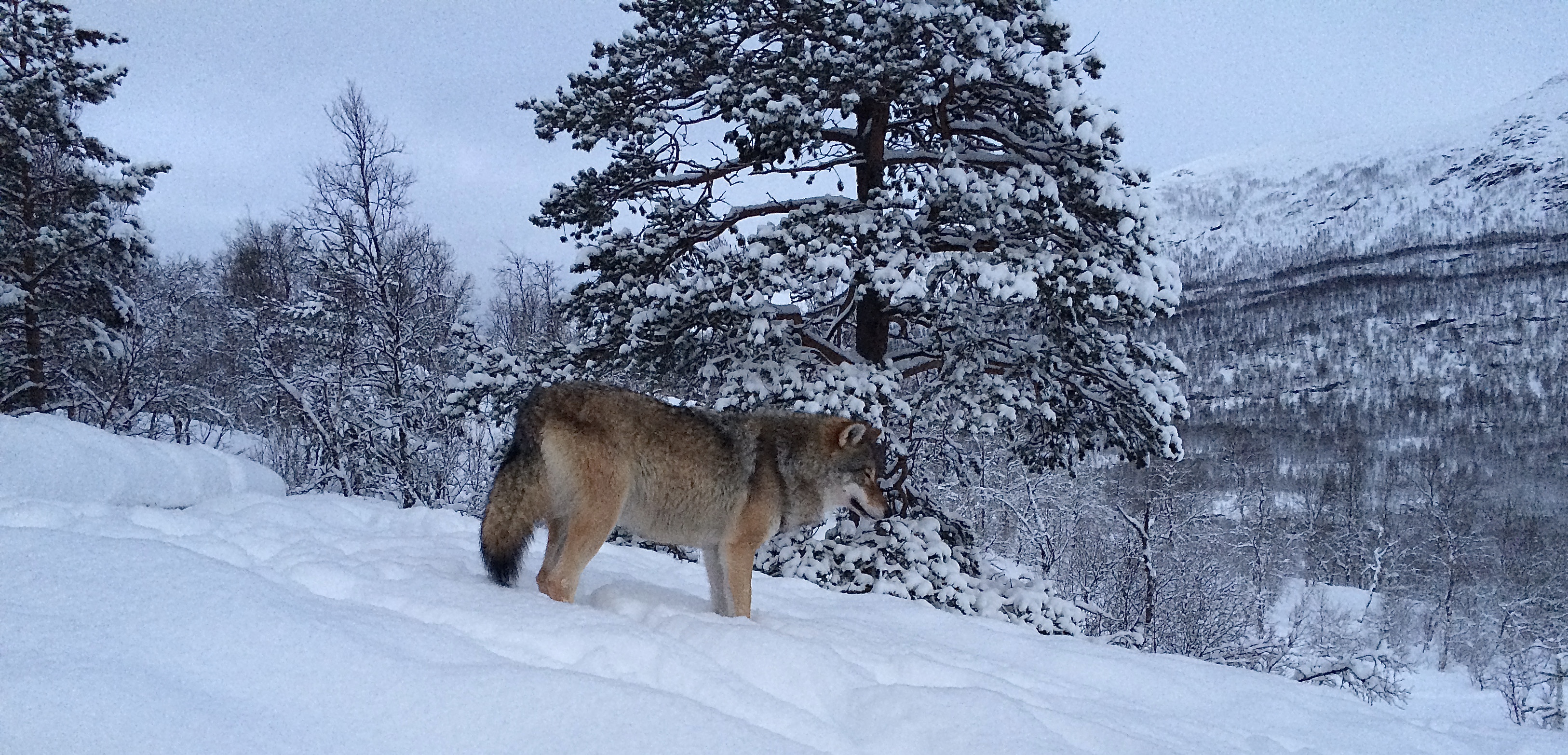
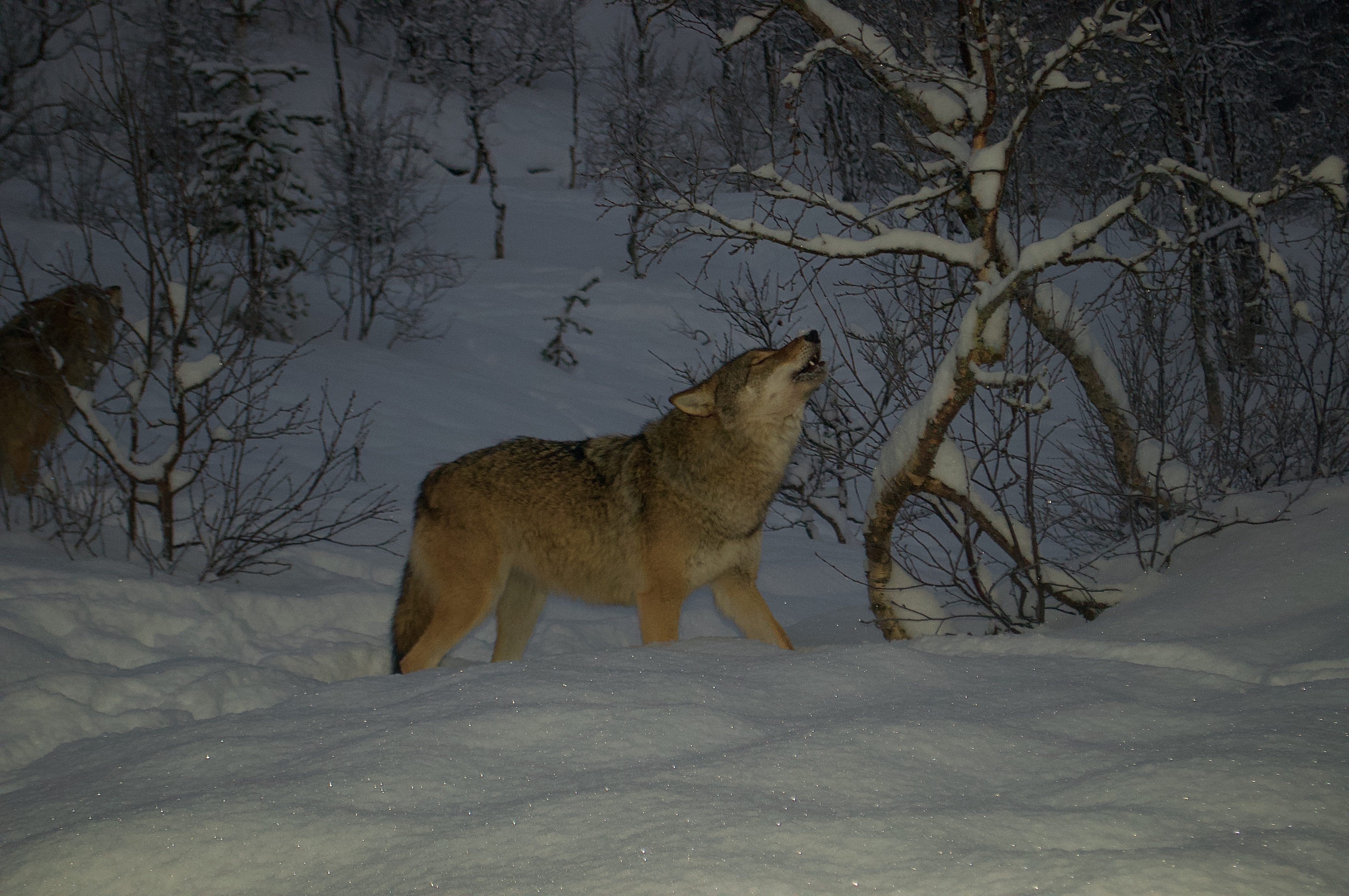
Dog Sledding
Another thing which I personally found interesting and which I really was looking forward to was the dog sledding.
General Info
Sled dogs were important for transportation and were used in Canada, Lapland, Greenland, Siberia, Chukotka, Norway, Finland, and Alaska. They were used in the explorations of both poles, as well as during the Alaskan gold rush. Sled dog teams delivered mail to rural communities in Alaska and northern Canada.
Today they are used by some rural communities (especially in Alaska, Canada and Greenland) and for racing events (Iditarod Trail and the Yukon Quest).
The original sled dogs were chosen for size, strength and stamina, but now they are bred for speed and endurance. They weigh between 16- 32 kilograms and have a very efficient gait and mushers strive for a well-balanced dog team that matches all dogs for both size (approximately the same) and gait (the walking, trotting or running speeds of the dogs as well as the ‘transition speed’ where a dog will switch from one gait to another) so that the entire dog team moves in similar a fashion which increases overall team efficiency. Since they can run up to 45 km/h have very tough, webbed feet with closely spaced toes. Sled dogs do need to have appetite and do not have to be aggressive with other dogs.
The dog sledding experience
After having received full instructions on how to mush your team and control your sled the dogsled starts. For all the people who think that it is a soft and easy thing to do I do have to apologies saying that it is not. It is not hard to drive the sled and the dogs obviously, they know where to go and they follow the sled in front of them but if you think that the dogs do make all the effort by themselves you are wrong. Especially when there is fresh snow (as it was) you need to help them which in this case means running behind the sled pushing it forward.
We’ve started with my boyfriend driving the sled – after a while I couldn’t wait anymore, and I asked him to sit in the sled and so I started driving the sled. At the very beginning the things went smoothly till the dogs started to get tired and to slow down. At this point I put my feet down the sled and started to run or at least I tried to. My run lasted I guess a couple of minutes. Despite of how hard it was my boot got stuck in the fresh snow and I fell leaving the sled and the dogs running by their own. Fortunately, I managed to yell at my boyfriend who throw the brake out and the sled stopped. Unfortunately, when he got off and due to the fresh snow, the brake got off and the dogs started to run and run and run and run. When we thought having to walk till the sled stopped abruptly – thank got the brake got stuck in the only small tree and so we managed to walk to the sled and to reach the others which were already far ahead of us (this happens when you are the last in the row).
The dogs shelter
It was interesting and at the same time a bit sad to see where the dogs were living. All of them were held on a led/ 2 by 2 with a small sort of open wood cage where they could inside. They got fed from a big a sort of mixture of I do not know what.
Info regarding how the dogs get trained
After the dogsled, we sat close to the fire to drink some hot tea/coffee and talk about the way they were living. And at this point he started to talk about the dog sledding races and how he trains the dogs and how it works. He ran the Finnmarksløpet, Europe’s longest sled dog race, he participated in the world’s longest sled dog race Iditarod. He participates to the Yukon Quest 1.000 Mile International Sled Dog Race. He even explained us a bit of how to train dogsledding dogs which should start around the age of 8-10 weeks. The training starts as all the dog training starts with handling them in all parts of their bodies. Then they start placing a collar and putting them in a harness for a briefly time of the day. When the puppy is around 4 months they start letting him pull light objects and they do it till the puppy is comfortable pulling something behind him. After that they start teaching him the commands and they start to look for the lead dog which every team must have.
Oslo
General info
After Tromsø we spent a few days in Oslo which I personally did not like that much. We walked around the Capital of Norway but honestly there was not much that impressed me. Something that I have noticed is that after 3 days of basically no light in Oslo the light was much brighter than in Tromsø.
Founded in 1040, its name was originally spelt Ânslo or Áslo. In 1624 it was renamed Christiania in honour of the ruling monarch, King Christian IV. In 1877, after the spelling reform, the city’s name was altered to Kristiania. It remained that way until 1925, when it returned to its origin name, Oslo.
Oslo is the most populous city in Norway and it is a county as well as a municipality. Oslo has a humid climate. I have a friend from Oslo who told me that they have warm summers (normally around 20°) and cold winters (around -3/5).
Oslo Sights
Oslo is not a big city therefore we decided to walk around to visit its sights. If you are not keen on walking you can also take the Hop on Hop off Sightseeing bus.
The Karl Johans gate
The Karl Johans Gate named in honor of King Charles III John is Oslo´s main street. Apart from shops, restaurants, clubs, and cafes you can also find a lot of the most famous sights of the city such as the Oslo’s Parliament building, the National Theatre, the Cathedral, and the Royal Palace.
The Royal Palace
At the end of Karl Johans Gate you will find the Royal Palace which is home to the Norwegian royal family. Completed in 1848 it is an example of neo-classical architecture. The palace’s gardens are open year-round, however you can only take guided tours of the palace’s interior during the summer months therefore I won´t be able to tell you more about it
The Opera House
The Opera House completed in 2007 is a contemporary granite, marble, and glass building and is home of the Norwegian National Opera and Ballet.
Akershus Fortress
This castle and fortress is believed to have been constructed during the reign of Håkon Vwas and has been used to protect Oslo from several sieges in its time.
Nowadays it is used by the Norwegian government for Official functions. The castle church and the Royal Mausoleum are also open to the public.
The Vigeland Sculpture Park
The Vigeland Sculpture Park with more than 200 sculptures made by sculptur Gustav Vigeland is the world’s largest sculpture park made by a single artist. It took him over 20 years to create all these granite and iron sculptures.
The National Theatre
The National Theatre inaugurated in 1899 was designed by Henrik Bull.
Oslo Waterfront
The Oslo Waterfront has been renewed thanks to the Fjord City (Fjordbyen) project. The first part of the project started with Aker Brygge in the 1980s. Since the start of the project a lot of changes have been done. By the time the project will be finished where once industry was dominating you will find cafes, bars, restaurants, public spaces, including swimming spots, boardwalks, fishing areas, residential areas and offices.
The Holmenkollen (Ski Jump)
Beside being Norway’s famous ski jump and museum it offers gorgeous panoramic views over Oslo.
Other sights
Parliament
It is over 150 years old
Oslo Cathedral
It is over 300 years old. Oslo´s most important church is now used by Oslo’s Royal Family and Government for weddings and funerals. It is also used for public services on weekdays and on Sundays.



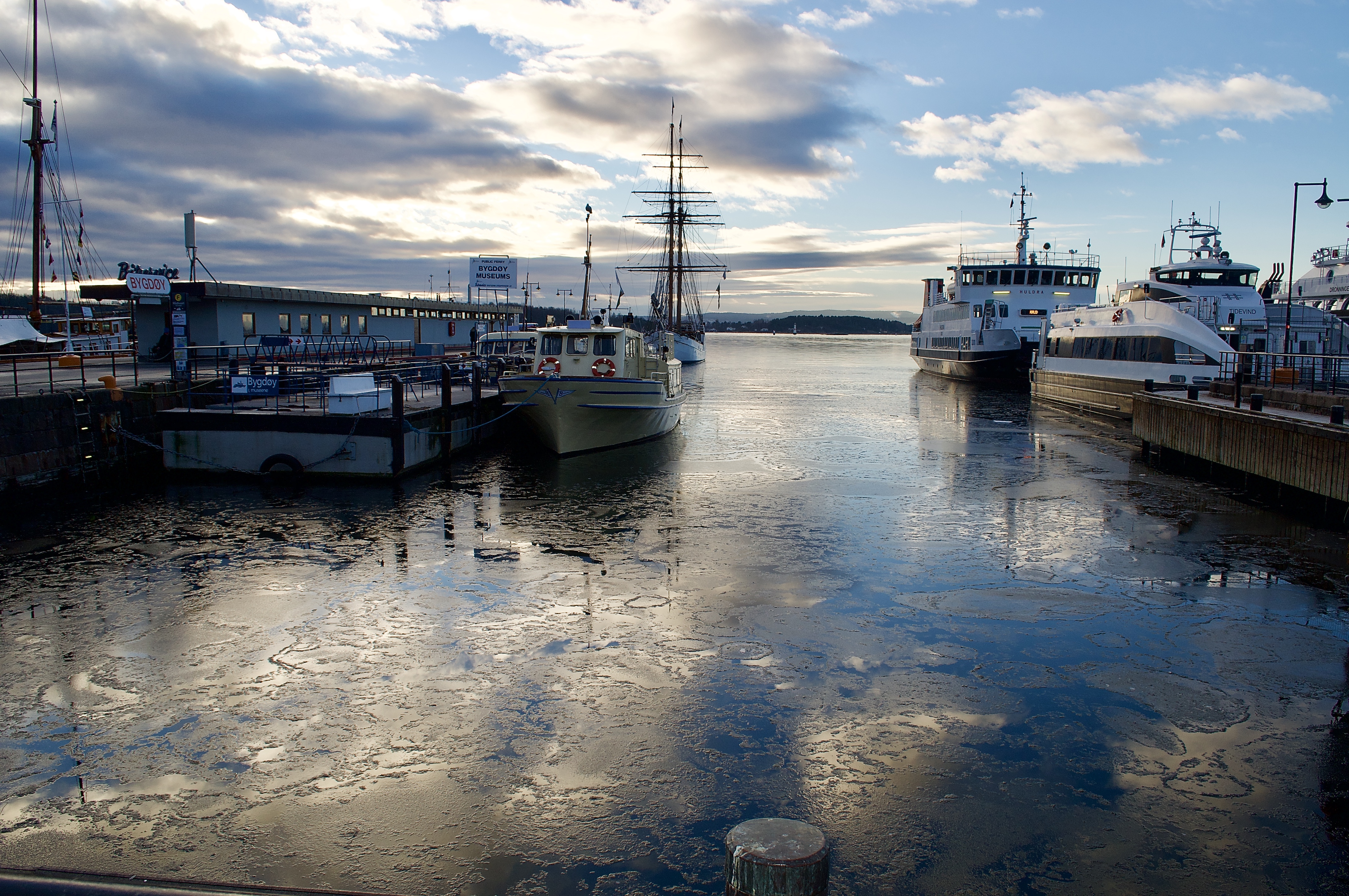

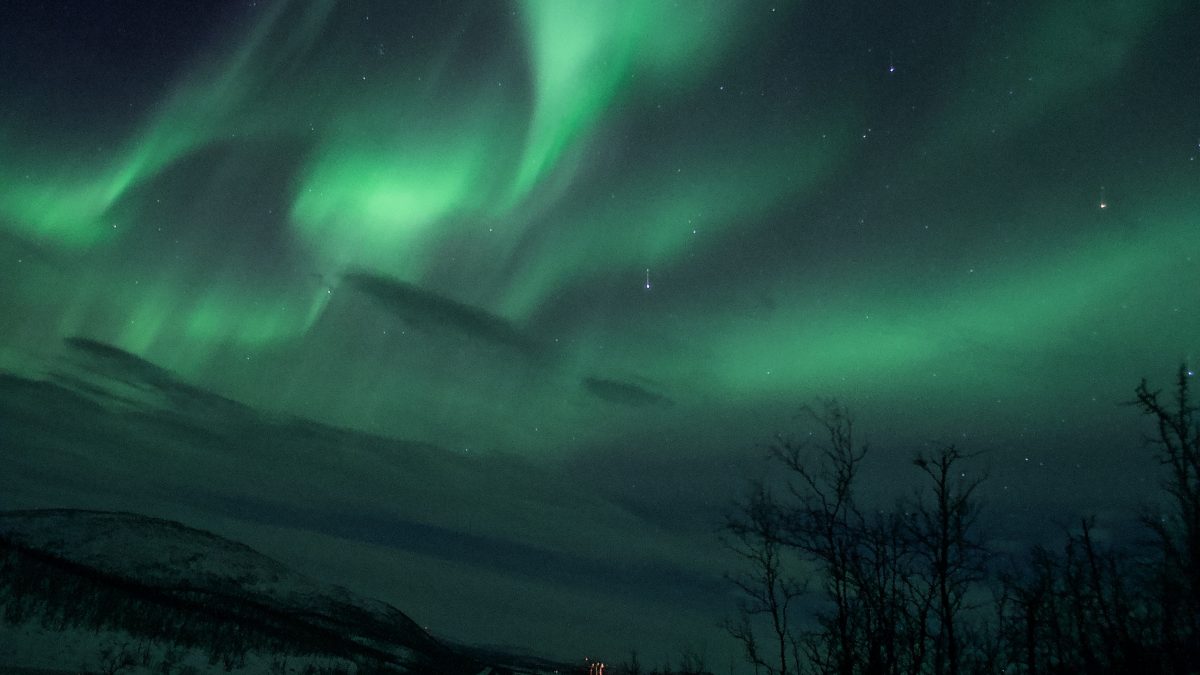
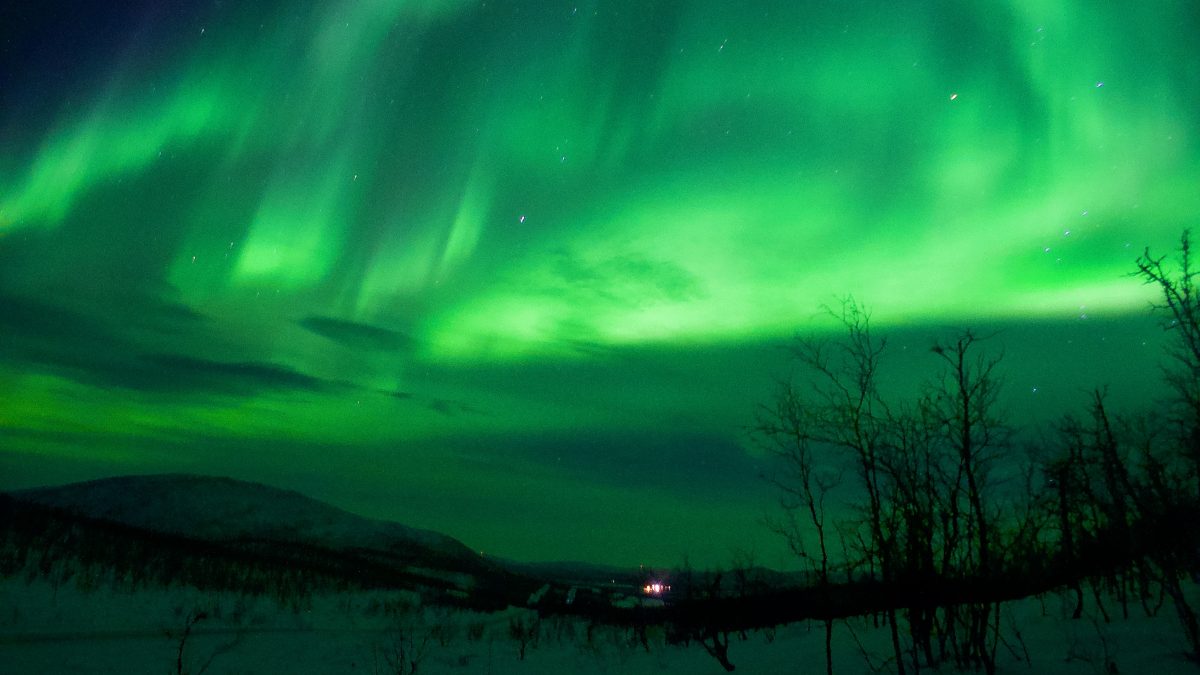

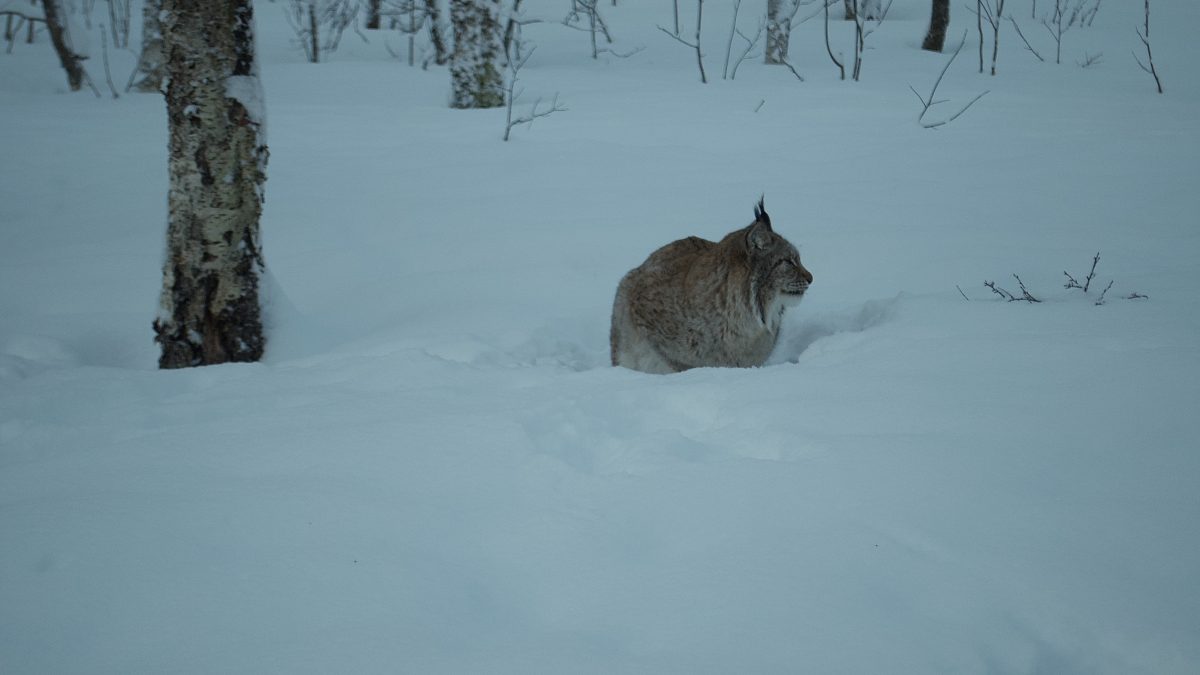
Leave a reply